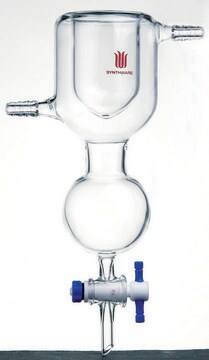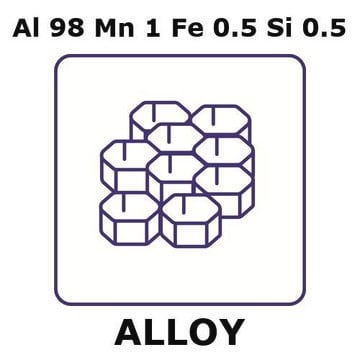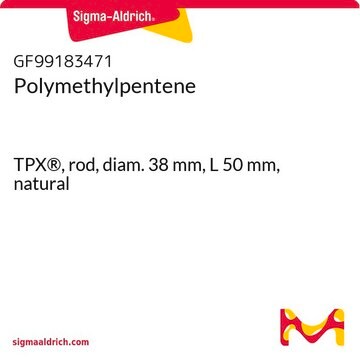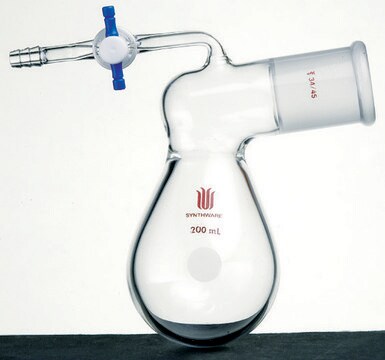推荐产品
描述
cell wall 0.064mm
化驗
99.90%
形狀
honeycomb
自燃溫度
1400 °F
製造商/商標名
Goodfellow 334-002-24
電阻係數
2.6548 μΩ-cm
尺寸 × 厚度
600x600 mm × 52.3 mm
尺寸
6.3 mm
bp
2460 °C (lit.)
mp
660.37 °C (lit.)
密度
2.7 g/mL at 25 °C (lit.)
SMILES 字串
[Al]
InChI
1S/Al
InChI 密鑰
XAGFODPZIPBFFR-UHFFFAOYSA-N
一般說明
For updated SDS information please visit www.goodfellow.com.
法律資訊
Product of Goodfellow
儲存類別代碼
13 - Non Combustible Solids
水污染物質分類(WGK)
WGK 3
閃點(°F)
Not applicable
閃點(°C)
Not applicable
M A Santos et al.
Current medicinal chemistry, 19(17), 2773-2793 (2012-03-30)
This review is focused on recent developments on hydroxypyri(mi)dines, as aluminum and actinide chelating agents to combat the toxicity due to accumulations of these metal ions in human body resulting from excessive metal exposure. After a brief update revision of
C A Shaw et al.
Immunologic research, 56(2-3), 304-316 (2013-04-24)
We have examined the neurotoxicity of aluminum in humans and animals under various conditions, following different routes of administration, and provide an overview of the various associated disease states. The literature demonstrates clearly negative impacts of aluminum on the nervous
Stephen C Bondy
Toxicology, 315, 1-7 (2013-11-06)
Aluminum is one of the most common metal elements in the earth's crust. It is not an essential element for life and has commonly been thought of as a rather inert and insoluble mineral. Therefore, it has often been regarded
Maire E Percy et al.
Journal of inorganic biochemistry, 105(11), 1505-1512 (2011-11-22)
In 1991, treatment with low dose intramuscular desferrioxamine (DFO), a trivalent chelator that can remove excessive iron and/or aluminum from the body, was reported to slow the progression of Alzheimer's disease (AD) by a factor of two. Twenty years later
Ryan J Mailloux et al.
Experimental cell research, 317(16), 2231-2238 (2011-07-27)
Aluminum (Al) is a metal toxin that has been implicated in the etiology of a number of diseases including Alzheimer's, Parkinson's, dialysis encephalopathy, and osteomalacia. Al has been shown to exert its effects by disrupting lipid membrane fluidity, perturbing iron
我们的科学家团队拥有各种研究领域经验,包括生命科学、材料科学、化学合成、色谱、分析及许多其他领域.
联系技术服务部门








